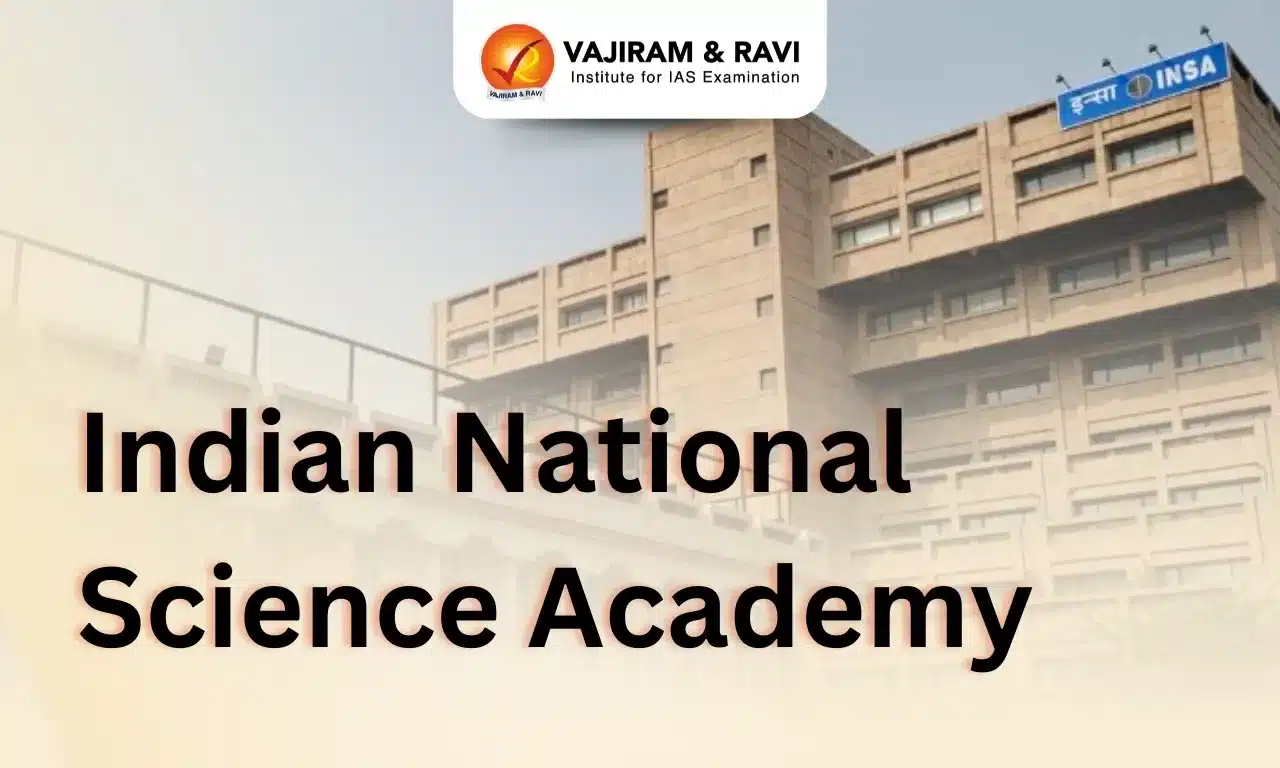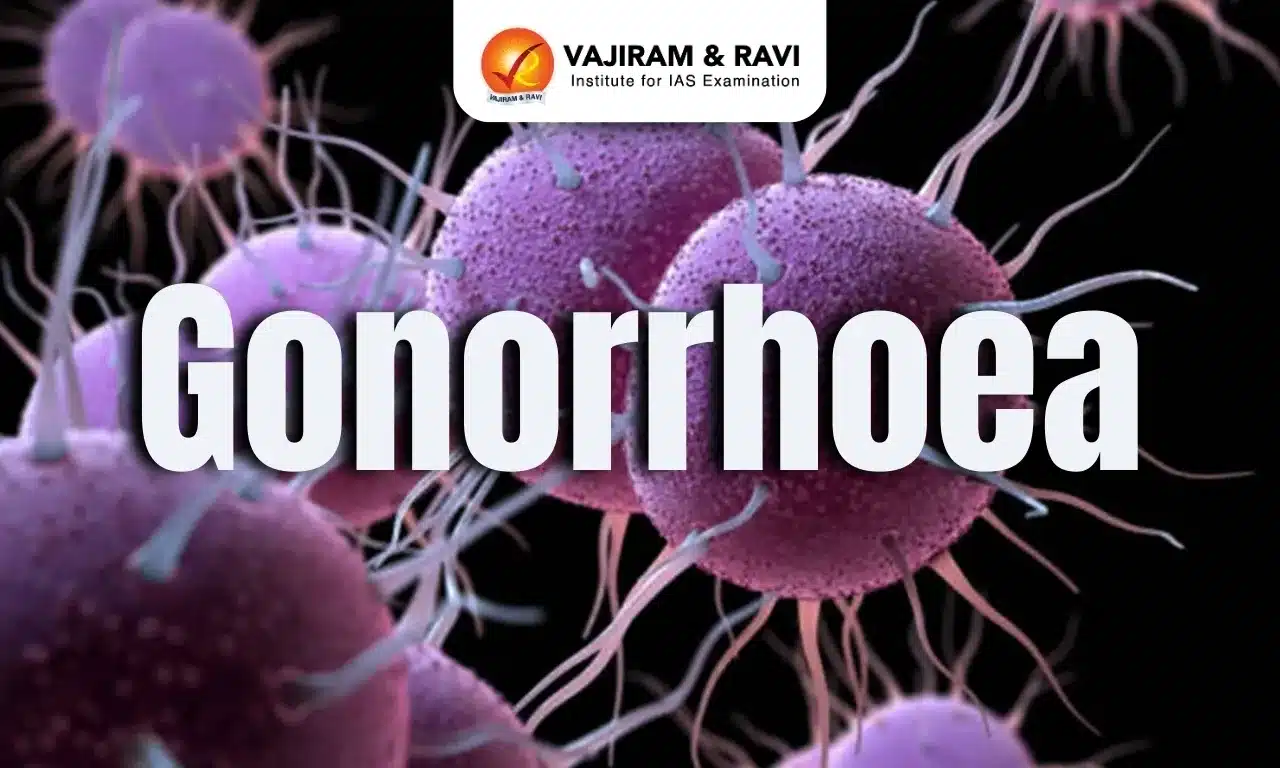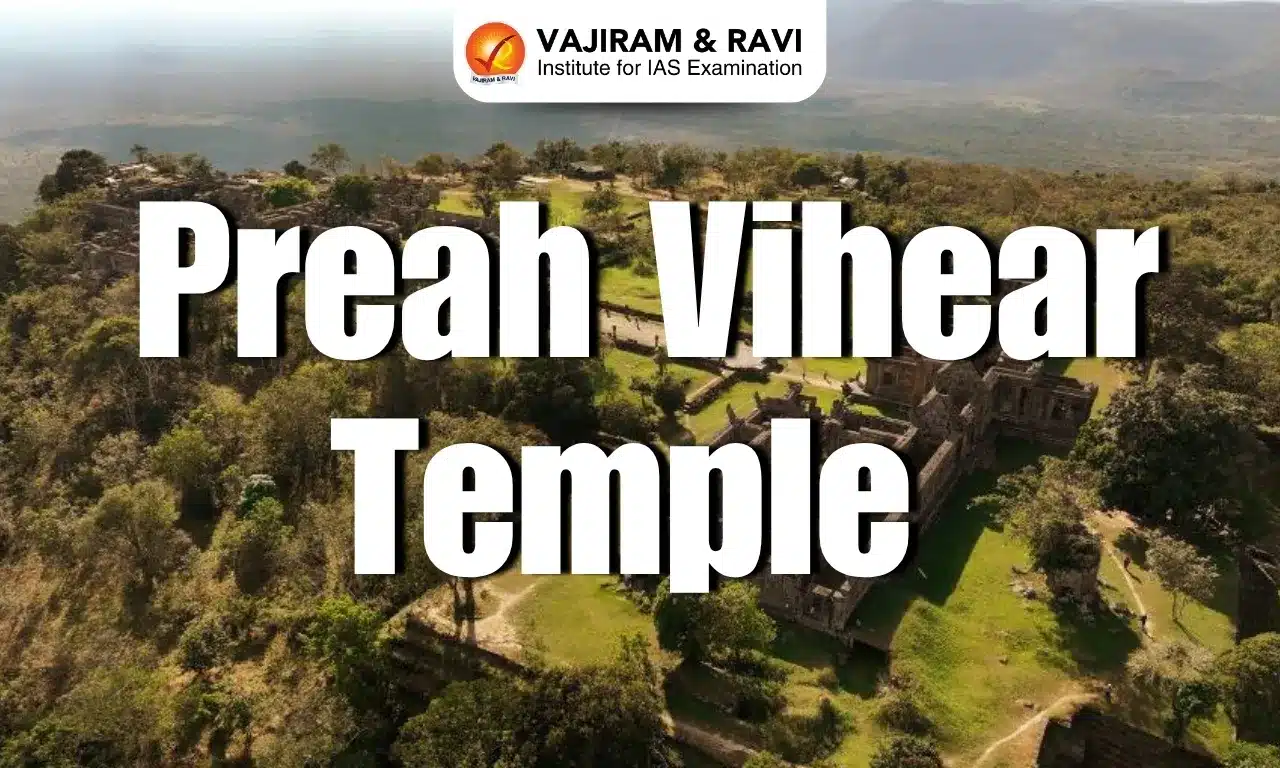About Indian National Science Academy (INSA):
- The INSA was established in January 1935 with the object of promoting science in India and harnessing scientific knowledge for the cause of humanity and national welfare.
- The foundation of the Academy, earlier known as the National Institute of Sciences of India (NISI), was the outcome of joint endeavours of several organizations and individuals, and the Indian Science Congress Association (ISCA) playing a leading role in this regard.
- It was inaugurated on 7 January 1935 at Calcutta and functioned with its headquarters at Asiatic Society of Bengal till 1951 and thereafter shifted to Delhi.
- Objectives:
- Promotion of scientific knowledge in India, including its practical application to problems of national welfare.
- Coordination among Scientific Academies, Societies, Institutions, Government Scientific Departments, and Services.
- To act as a body of scientists of eminence for the promotion and safeguarding of the interests of scientists in India and to present internationally the scientific work done in the country.
- To act through properly constituted National Committees, in which other learned academies and societies may be associated, for undertaking scientific work of national and international importance which the Academy may be called upon to perform by the public and by the Government.
- To publish such proceedings, journals, memoirs, and other publications as may be found desirable.
- To promote and maintain liaison between Science and Humanities.
- To secure and manage funds and endowments for the promotion of science.
- To perform all other acts that may assist in, or be necessary for the fulfilment of, the above-mentioned objectives of the Academy.
- Acting as a link between the scientific community and planners, it advises the government on critical issues relating to science and technology.
- The academy also serves as a forum for interactions among scientists within and outside the country and recognizes outstanding young scientists,engineers, and technologiststhrough the award of medals/prizes and by providing modest financial support for pursuing research.
- Senior scientists are honoured through election to its Fellowship.
- The Academy has established exchange programmeswith different overseas academies to facilitate visits of Indian scientists to research institutions abroad and of foreign scientists to India for lectures/scientific discussions.
- It was designated as the adhering organization in India to the International Council for Science (ICSU) on behalf of the Government of India in January 1968.’
Q1: Who founded the Indian National Science Academy?
The Academy was established on 7th January 1935, as the National Institute Of Sciences Of India, in Calcutta, in the premises of the Asiatic Society with Sir Lewis Fermor as the founder President (1935-36). Prof. Meghnad Saha was elected as the first Indian President (1937-38).
Source: TH
Last updated on December, 2025
→ Check out the latest UPSC Syllabus 2026 here.
→ Join Vajiram & Ravi’s Interview Guidance Programme for expert help to crack your final UPSC stage.
→ UPSC Mains Result 2025 is now out.
→ UPSC Notification 2026 is scheduled to be released on January 14, 2026.
→ UPSC Calendar 2026 is released on 15th May, 2025.
→ The UPSC Vacancy 2025 were released 1129, out of which 979 were for UPSC CSE and remaining 150 are for UPSC IFoS.
→ UPSC Prelims 2026 will be conducted on 24th May, 2026 & UPSC Mains 2026 will be conducted on 21st August 2026.
→ The UPSC Selection Process is of 3 stages-Prelims, Mains and Interview.
→ UPSC Result 2024 is released with latest UPSC Marksheet 2024. Check Now!
→ UPSC Prelims Result 2025 is out now for the CSE held on 25 May 2025.
→ UPSC Toppers List 2024 is released now. Shakti Dubey is UPSC AIR 1 2024 Topper.
→ UPSC Prelims Question Paper 2025 and Unofficial Prelims Answer Key 2025 are available now.
→ UPSC Mains Question Paper 2025 is out for Essay, GS 1, 2, 3 & GS 4.
→ UPSC Mains Indian Language Question Paper 2025 is now out.
→ UPSC Mains Optional Question Paper 2025 is now out.
→ Also check Best IAS Coaching in Delhi

















